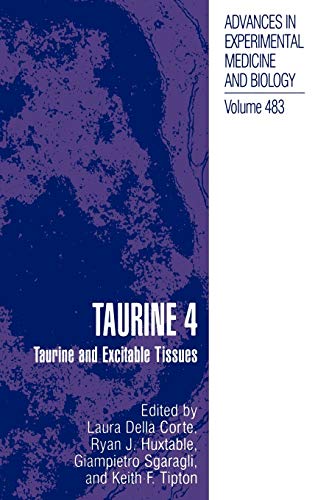Synopsis
Mitochondria from mammalian tissues possess an elaborate system for 2+ 2+ transporting Ca across their inner membrane which consists of Ca import, 2+ via the Ca uniporter, in response to the mitochondrial membrane 2+ + potential ?? and of Ca release by an antiport system in exchange for H + 9,23 or Na (see Fig. l) . Because the uniporter is dependent upon the external 2+ 2+ 2+ 2+ Ca concentration ([Ca ]), mitochondria accumulate Ca until the [Ca ] o o 2+ decreases to the level at which the uniporter activity balances the Ca efflux. 2+ The [Ca ] at which the uniporter and efflux activities are equal is defined o the “setpoint” andcorresponds to values between 0.3-3µM. 2+ Figure 1. The Ca transport system of the inner membrane of mammalian mitochondria. U, + 2+ + + uniporter. I, Na -independent efflux mechanism or Ca /2H exchanger. D, Na -dependent 2+ + efflux mechanism or Ca /2Na exchanger. PTP, permeability transition pore. FP, 11 flavoprotein. ?? membrane potential. ? pH gradient. Adapted from .
Synopsis
This volume is the proceedings of the International Taurine Symposium 1999: Expanding the Circle, an official Satellite Symposium of the 17th Biennial Meeting of the International Society for Neurochemistry, held on August 3-8, 1999, in Siena, Italy. Taurine, which is a naturally occurring compound, protects the cell against a variety of harmful insults, and the compound may be vital for the normal function and survival of cells and tissues. These aspects, together with the potential value of taurine in enhancing normal function and protecting against age-related diseases, will be highlighted in this volume by distinguished international aspects in this important and rapidly developing area.
"About this title" may belong to another edition of this title.
